From Bean to Bliss: The Art of Chocolate in Côte d’Ivoire
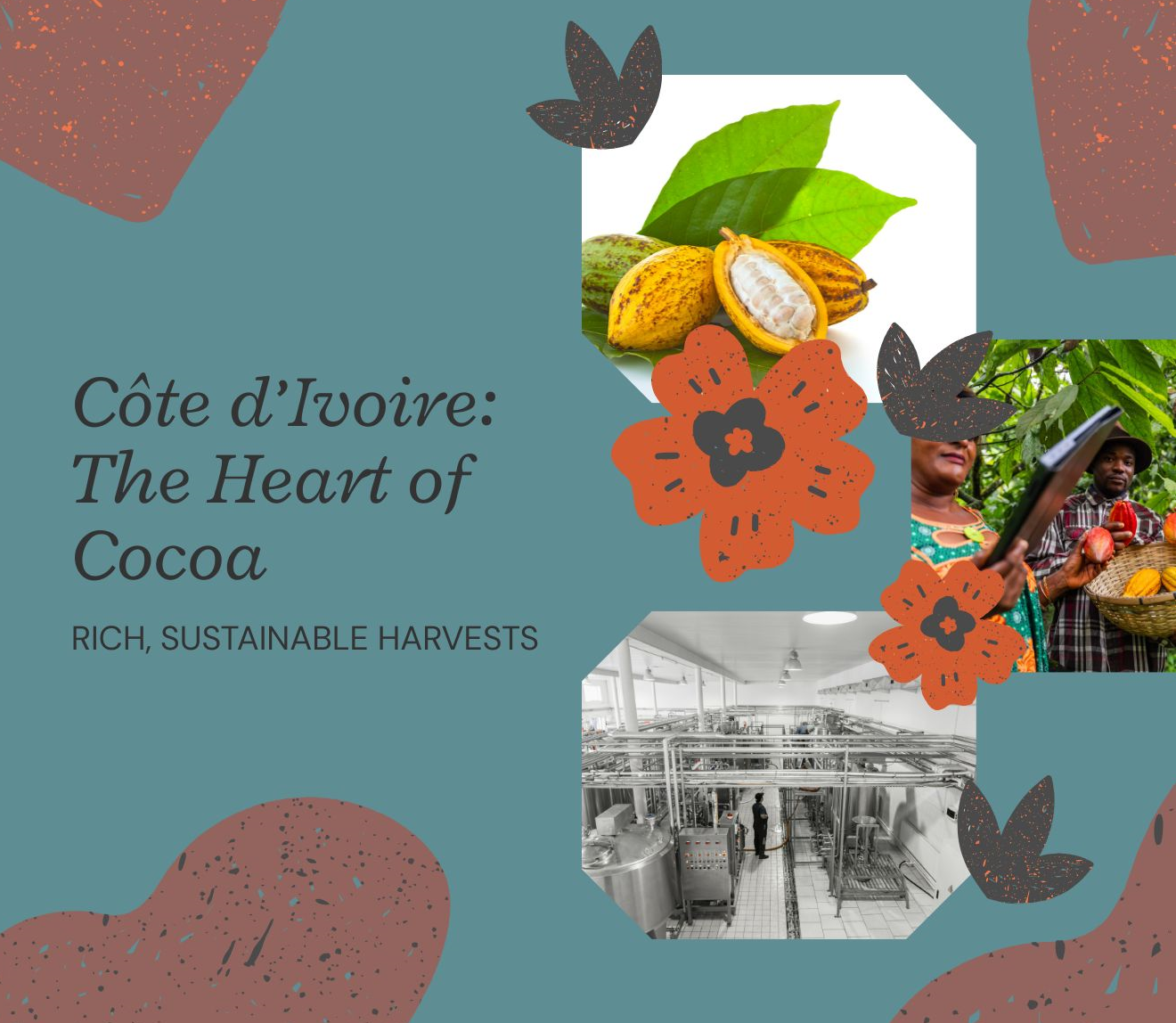
From Pod to Bar: Discover the journey to chocolate
Côte d’Ivoire is the heartbeat of the global cocoa industry — every square of chocolate you’ve ever tasted likely began right here. The Ivory Coast, long known as the world’s largest exporter of cocoa, is now making its way to the top of chocolate making. Here’s how cocoa transforms from fruit to chocolate — one handcrafted step at a time.
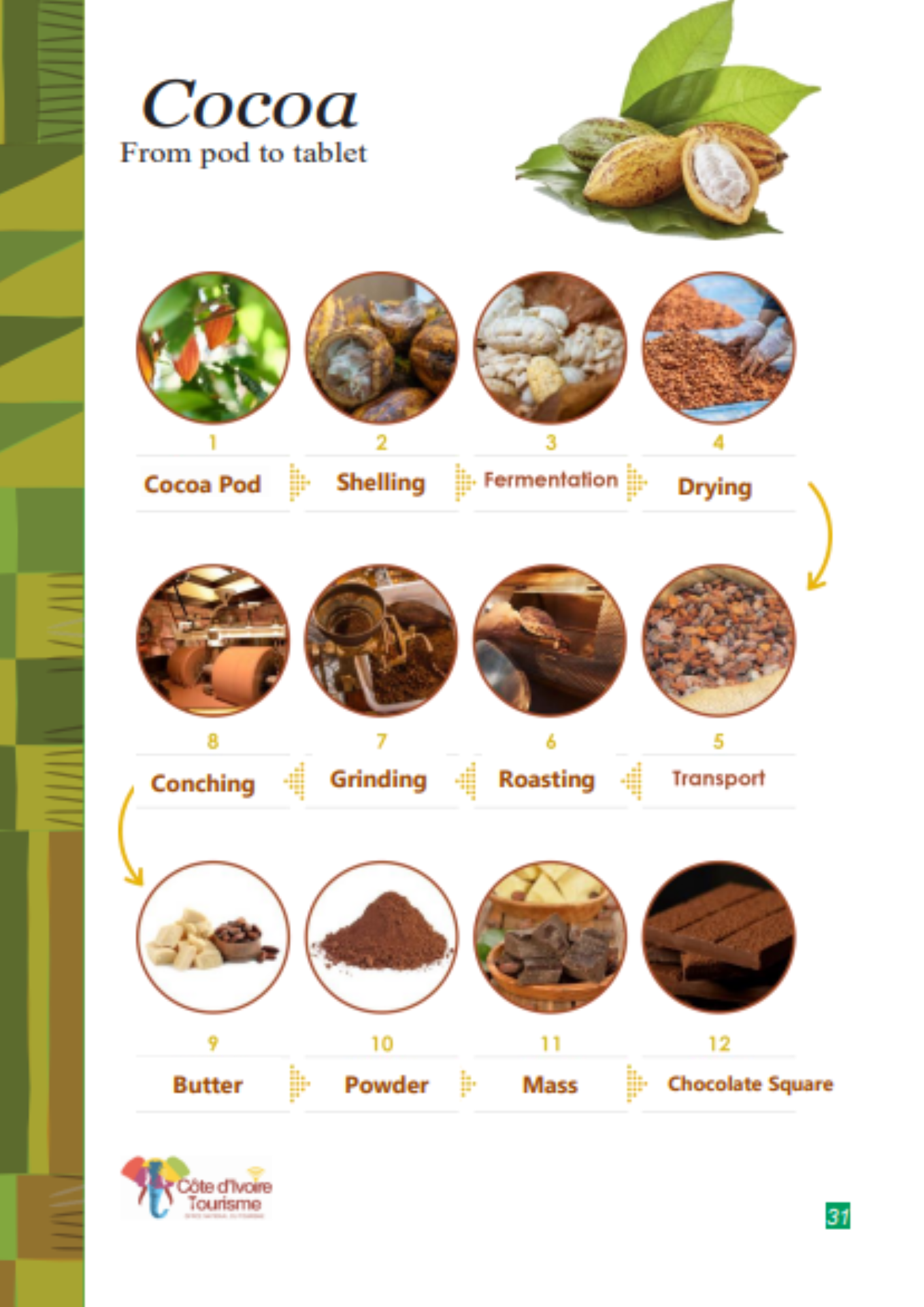
1. Cocoa Pod (Cabosse de Cacao)
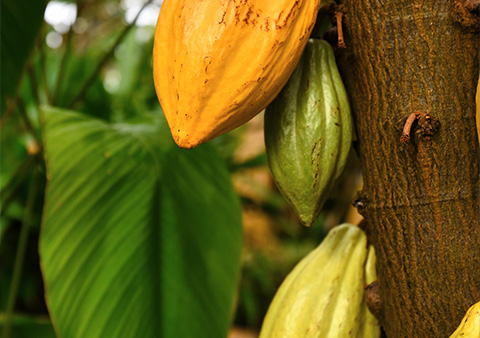
It all starts with the cabosse — a colorful, oval-shaped fruit that grows directly on the trunk of the cocoa tree. Each pod contains around 30 to 50 cocoa beans wrapped in a sweet white pulp.
2. Breaking the Pod (Écabossage)
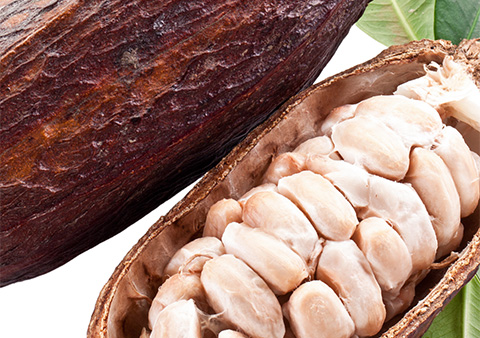
Once harvested, the pods are carefully split open by hand to extract the beans. This stage is all about precision and care — no machines, just tradition passed down through generations.
3. Fermentation

The extracted beans are placed in wooden boxes or banana leaves to ferment for several days. This natural process brings out the rich flavor and aroma that will eventually become chocolate.
4. Drying (Séchage)
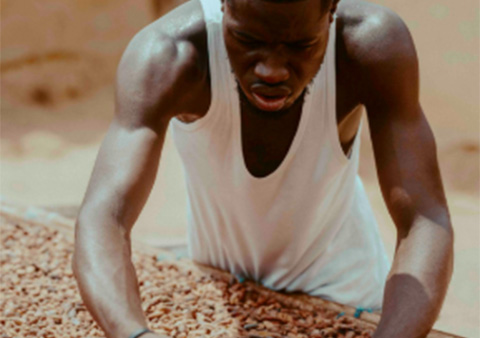
After fermentation, the beans are spread out under the sun to dry. This step reduces moisture and prevents mold — and it’s often done in open-air courtyards or drying tables.
5. Transport
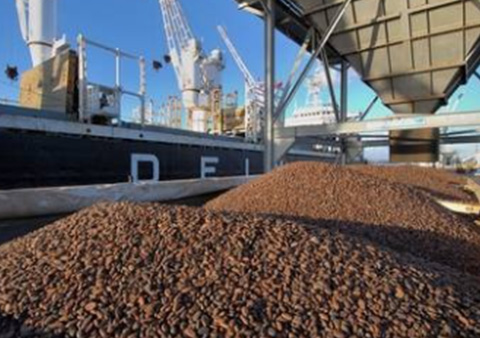
Once dried, the beans are packed and transported to processing facilities. It’s a long journey from the farm to the factory — and each sack carries the pride of Ivorian soil.
6. Roasting (Torréfaction)
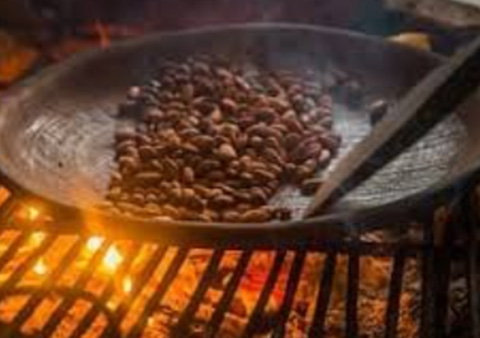
The beans are roasted at high heat to bring out their full flavor. This is when the scent of real chocolate begins to fill the air.
7. Grinding (Broyage)
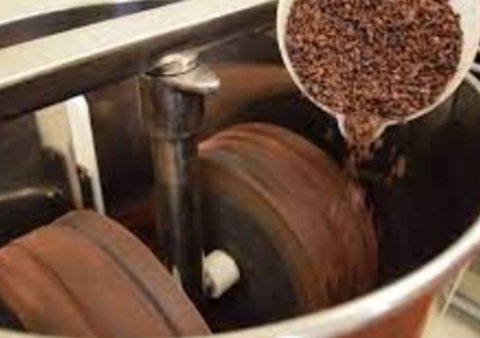
The roasted beans are ground into a thick, chocolatey paste called cocoa mass. This is the base ingredient for all things chocolate.
8. Smoothing the Texture (Conchage)
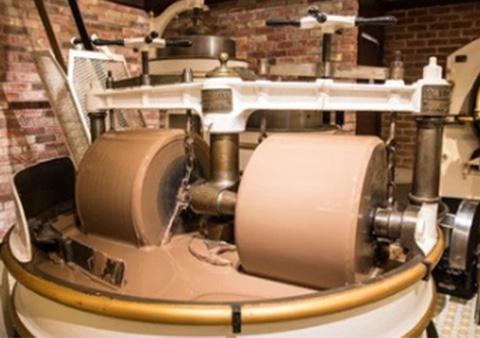
Through gentle heating and stirring, the cocoa mass is refined into a silky smooth texture. This process can take hours — but it's what gives chocolate its melt-in-your-mouth feel.
9. Cocoa Butter (Beurre de Cacao)
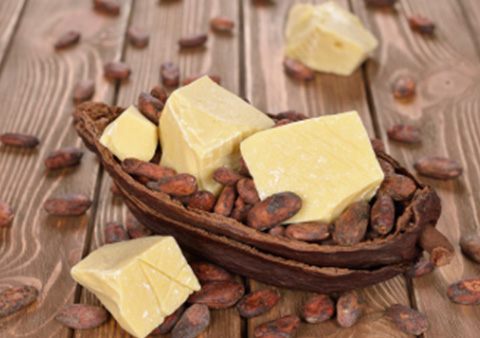
From the mass, pure cocoa butter is extracted — the natural fat of the cocoa bean. It’s the key to that luxurious, glossy finish in chocolate bars and truffles.
10. Cocoa Powder (Poudre de Cacao)
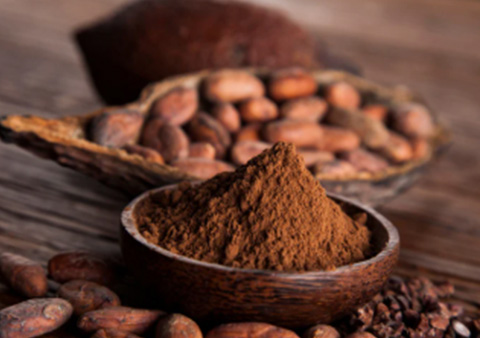
What’s left after extracting the butter becomes fine cocoa powder. You’ll find this in everything from hot chocolate to pastries around the world.
11. Cocoa Mass (Masse de Cacao)
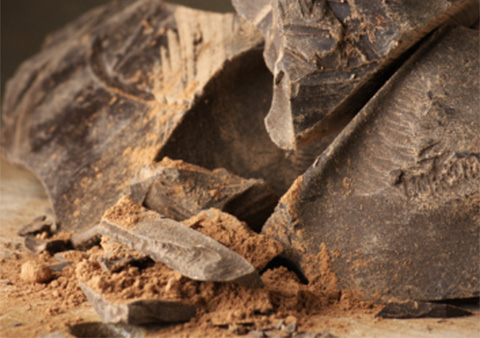
This rich, intense paste is used as a base for different chocolate recipes. It's unrefined, unfiltered, and full of bold flavor.
12. The Final Chocolate Square (Carré de Chocolat)
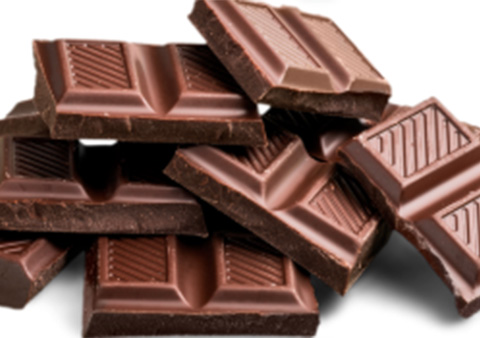
And finally — the reward! Cocoa becomes the familiar squares of chocolate we all know and love. A sweet finish to a beautifully complex process.
Experience Côte d’Ivoire Through Chocolate
This is your invitation to walk the cocoa fields, meet the artisans behind the flavors, and connect with the culture that makes Côte d’Ivoire the heart of the chocolate world.
👉 Click here to book your Côte d’Ivoire experience now (We will add the link to the booking page here)
Spots are limited — reserve yours today.